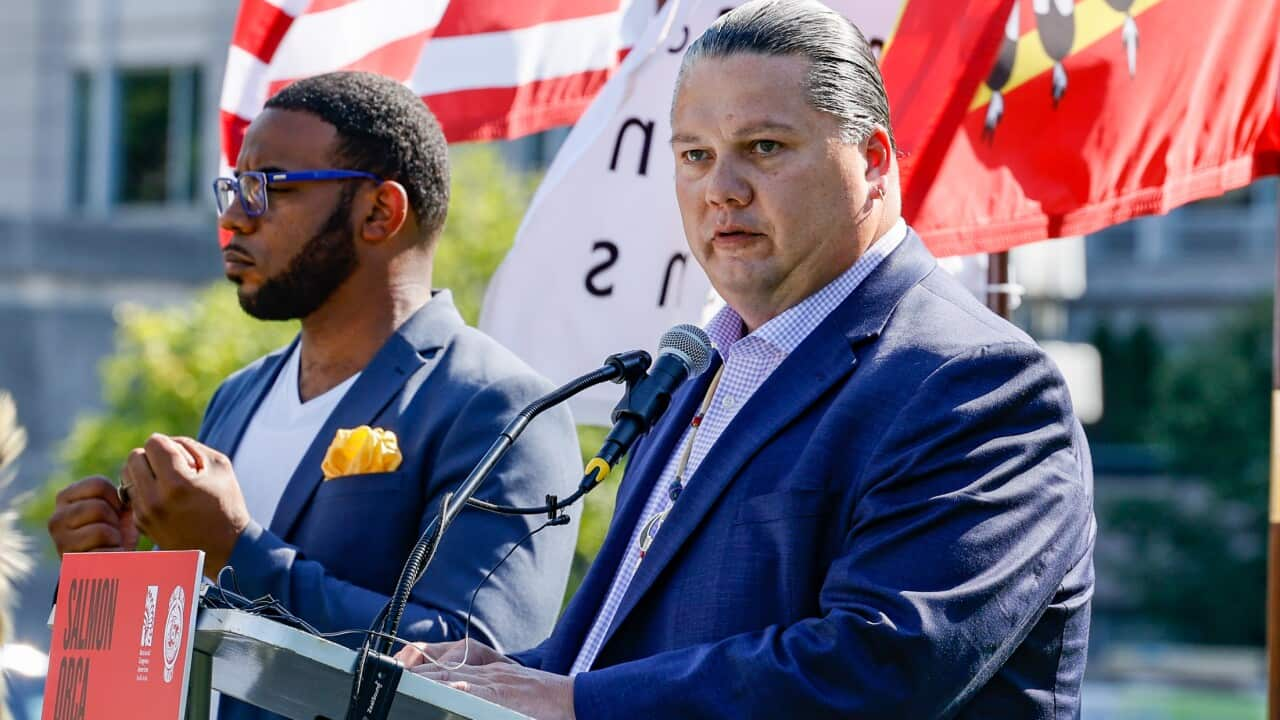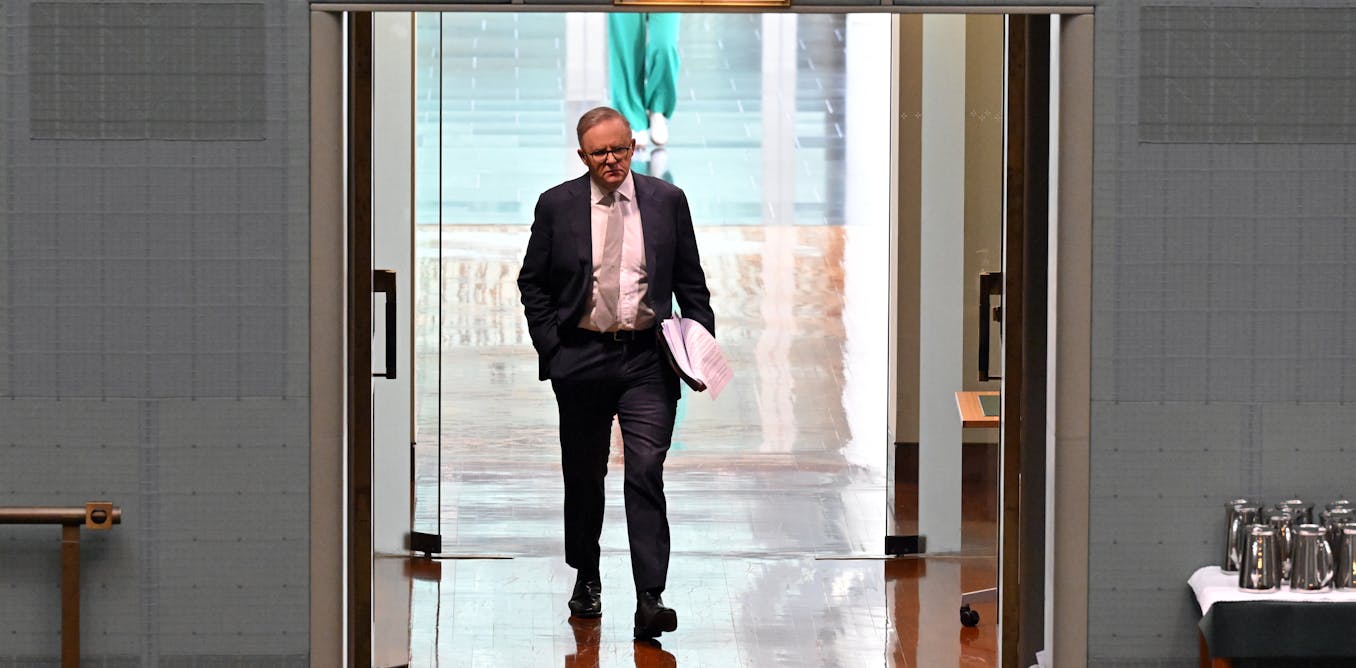
by Sophia Brook
Australia’s ‘No’ Vote Is More Nuanced Than It Appears
#10/23
27 October 2023
It has been two weeks since Australia voted on the Voice to Parliament in what has been described by some as the ‘most important vote since federation’. The result was devastating for the yes campaign, with 60 per cent of voters delivering a resounding no to the proposal. At first glance, this seems to support the no campaign’s claims that Australia and its indigenous peoples did not want constitutional change, but the result is more nuanced than it appears. So, what do the numbers say?
At the national level, the result listed 60.5% no and 39.5% yes votes. This result was continued at state/territory level, with 59.4% voting no in NSW, 54.7% in Victoria, 68.8% in Queensland, 63.6% in Western Australia, 64.4% in South Australia, 59.2% in Tasmania and 60.6% in the Northern Territory. Only the Australian Capital Territory delivered a dominant yes result of 60.9%. As the ACT, home to Australia’s public service, has a reputation for voting progressive on questions of change, this result was not entirely unexpected. Overall, the yes votes had stronger results in inner city seats across Australia’s capital cities, but this changes the further out you look. The strongest no support was registered in rural areas.
However, the results contradict the no campaign’s claims that ‘a vast group of Indigenous Australians’ did not support the Voice to Parliament. On the contrary, indigenous communities overwhelmingly voted yes, with ‘polling catchments where Indigenous Australians form more than 50% of the population voted on average 63% in favour of the voice’. This includes Yuendemu, community home to prominent no campaigner Jacinta Nampijinpa Price’s family, where three in four people voted yes. Despite this, the no campaign appears to have taken the results as a personal victory.
The results have certainly been beneficial to Leader of the Opposition Peter Dutton, with this week’s Roy Morgan poll showing ‘the Coalition leading Labor on a two-party preferred basis for the first time since the 2022 election’, up 4.5%.
Indigenous leaders announced a week of silence in response to the referendum result, stating that it was ‘bitter irony’ that ‘people who have only been on this continent for 235 years would refuse to recognise those whose home this land has been for 60,000 and more years is beyond reason. It was never in the gift of these newcomers to refuse recognition to the true owners of Australia’. Yet, it can be argued that the referendum was never purely about recognition and that not everyone who voted no was opposed to the idea in general.
Some experts argue that the result would have been different if the question had been clearer cut. As, by their own admission, a vast number of Australians voted no because they did not understand the proposal, this assumption is plausible. Instead of losing itself in legalese details and quibbles over constitutional law, the Albanese government could have ‘simply’ asked whether Australians supported constitutional recognition of indigenous peoples. This would at least have avoided the frequently heard no justification of ‘I do not know enough’.
Making the question about an advisory body made it easier for the opposition to muddy the waters. While the yes campaign had to provide lengthy explanations of what exactly they were trying to achieve, the no campaign was able to revert to simple slogans like ‘if you don’t know, vote no’. This slogan was so effective that even the clear internal divisions within the no camp did not derail the campaign.
Other experts have stated that the referendum did simply come at the wrong time. Surveys have shown that many Australians were too concerned about the rising cost of living pressures to focus on issues like indigenous affairs that touched their own personal lives only marginally. As indigenous people make up only about 3% of the population, not everyone is confronted with indigenous concerns on a day-to-day basis on a personal level. By comparison, in the case of the same sex marriage vote in 2017, where 61.6% voted yes, many eligible voters had a personal connection to the topic.
Regardless of the reasons for the result, it undeniably represents a setback to the reconciliation process. This means the government is now under pressure to find new ways to make an impact and deliver effective outcomes for indigenous peoples and noticeably advance indigenous interests. There have been many Royal Commissions and advisory reports on indigenous affairs over the years but, so far, not many appear to have had much of an impact.
In response to the question of whether the government continued to be committed to implement the Uluru Statement from the Heart in full, Deputy Prime Minister Richard Marles stated that ‘in the light of what has occurred over the course of the weekend, we have made clear that we hear the voice of the Australian people and that the pursuit of reconciliation (and) Closing the Gap is no longer going to be achieved through constitutional reform’. It remains to be seen what an alternative strategy will look like, but what the referendum has shown is that a viable solution will require bipartisan support and constructive discourse.









